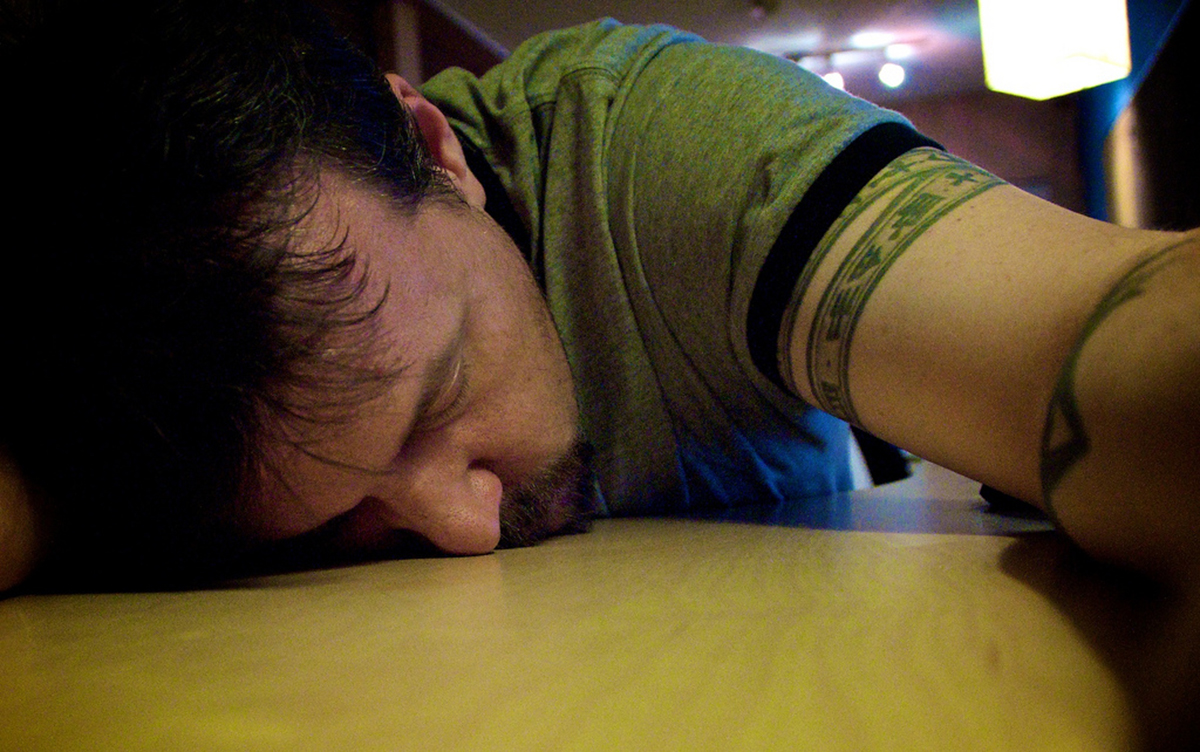Weekend warriors of all descriptions are especially at risk for lower back pain. Whether it's waiting until Saturday or Sunday to tackle home and garden chores, playing a competitive sport against younger people, or hitting the gym a little too hard, tens of millions of adults, usually in their 30's or 40's, suffer lower back pain every year. Recently published scientific research suggests that many disabling bouts of lower back pain can be prevented if people simply recognize back pain triggers and avoid them.

What Causes Lower Back Pain?
"Throwing out your back" is the second most common reason for seeing a physician in the United States. About 85 percent of Americans suffer severe low back pain at some point in their adult lives. Back injuries are the leading cause of disability among Americans under the age of 45.
Why do most people sooner or later suffer lower back pain? Unlike other primates, we humans walk around upright. This puts the force of gravity on the spinal column, which consists of 22 disks stacked on top of each other like the floors of a tall building. When we start to put on a little (or a lot of) extra belly fat, those disks are stressed. In people who do hard physical labor to earn their livelihoods, the bundles of collagen fibers inside a disk may suffer repeated injury, or the "plate" at the end of a disk that holds it in place may simply wear out. In "weekend warriors," there may be a traumatic injury that causes a herniated disk, a disk that has injury inside. Because of the way we bend our backs, these kinds of injuries tend to occur at two locations in the lower back, known as the lumbar spine.
Tracking Down The Causes Of Lower Back Pain
An Australian physical therapist named Daniel Steffens, of the University of Sydney, led a study that recruited 999 lower back pain sufferers to identify possible sources of back pain to which they had been exposed in the 96 hours before their back pain episodes. Steffens and his colleagues asked about 12 modifiable causes of back pain that had been previously identified in the Australian Code of Practice.
See Also: A Simple Course Of Antibiotics Could Cure Chronic Back Pain In 40% Of Patients
The physical causes of back pain queried in the study included "heavy load; awkward positioning; handling of objects far from the body; handling people or animals and unstable loading; a slip, trip, or fall; engagement in moderate or vigorous physical activity; and sexual activity." The intangible causes of back pain about which patients were asked included alcohol use, fatigue, and distraction. Each patient was contacted by telephone within seven days of going to the doctor for treatment, and the researchers followed a script in asking questions about possible triggers.
The Surprising Most Common Cause of Lower Back Pain
The survey team found that recent sexual activity and use of alcohol had no relationship to back pain episodes. In fact, the data even suggested that people who had recently had sex or had used alcohol could have been less likely to suffer back pain.

However, everything else on their list positively correlated with the risk of back pain.
- Patients who engaged in moderate or vigorous physical activity were 2 to 3 times more likely than average to suffer lower back pain.
- Patients who said they felt fatigued before the back pain episode were 2 to 6 times more likely to suffer back lower pain.
- Patients who had lifted heavy loads were 3 to 7 times more likely than average to suffer lower back pain.
- Patients who had tried to pick up loads that were unstable or hard to grasp were 2 to 10 times more likely than average to suffer lower back pain.
- Patients who had performed a manual task involving people (letting children ride "horsie," for example) or animals (getting a cat down from a tree, leading a farm animal that did not want to be led) were 2 to 15 times more likely than average to suffer lower back pain.
- Patients who had tried to pick up an object that was not close to the body were 2 to 16 times more likely than average to suffer lower back pain.
- Patients who tried to lift an object from an awkward position or who had used awkward posture were 5 to 12 times more likely than average to suffer lower back pain.
- Most importantly, patients who had been distracted while lifting an object were 3 to 185 times more likely than average to suffer lower back pain.
The researchers found that more people to start suffering lower back pain between 7 am and noon than between noon and 7 pm. The study did not have enough patients to determine whether this was due to early morning grogginess, or poor organization of work tasks, or the fact that the disks swell with fluid overnight and are more "tender" in the morning. However, it appears that not paying attention to what you are doing, and doing it early in the morning, is an especially risky proposition for back pain sufferers.
Another interesting finding of the study was that 20-year-olds were five times more likely to report back strain due to lifting heavy loads than 60-year-olds. This could be due to the fact that most people have suffered at least one round of lower back pain by the age of 60, and are as a result more cautious when lifting heavy loads.
See Also: Lower back pain: Causes and risk factors
Lower back pain is not just an accumulation of little back injuries over a period of years. Anyone can experience lower back pain the very first time he or she is exposed to a back pain trigger. Younger people are at greater risk than older people, even though the bone of the spinal column deteriorates with time. Distraction, not paying attention to what you are doing when lifting a heavy load, especially in the morning, is the single most common cause of lower back pain. Do heavy lifting only when you are wide awake, preferably in the afternoon, and always think before you lift.
- Steffens D, Ferreira ML, Latimer J, Ferreira PH, Koes BW, Blyth F, Li Q, Maher CG. What triggers an episode of acute low back pain? A case-crossover study. Arthritis Care Res (Hoboken). 2015 Mar. 67(3):403-10. doi: 10.1002/acr.22533. PMID: 25665074.
- Photo courtesy of bark via Flickr: www.flickr.com/photos/barkbud/4132495426
- Photo courtesy of Unfurled via Flickr: www.flickr.com/photos/emilyhigginson/2884127732


Your thoughts on this